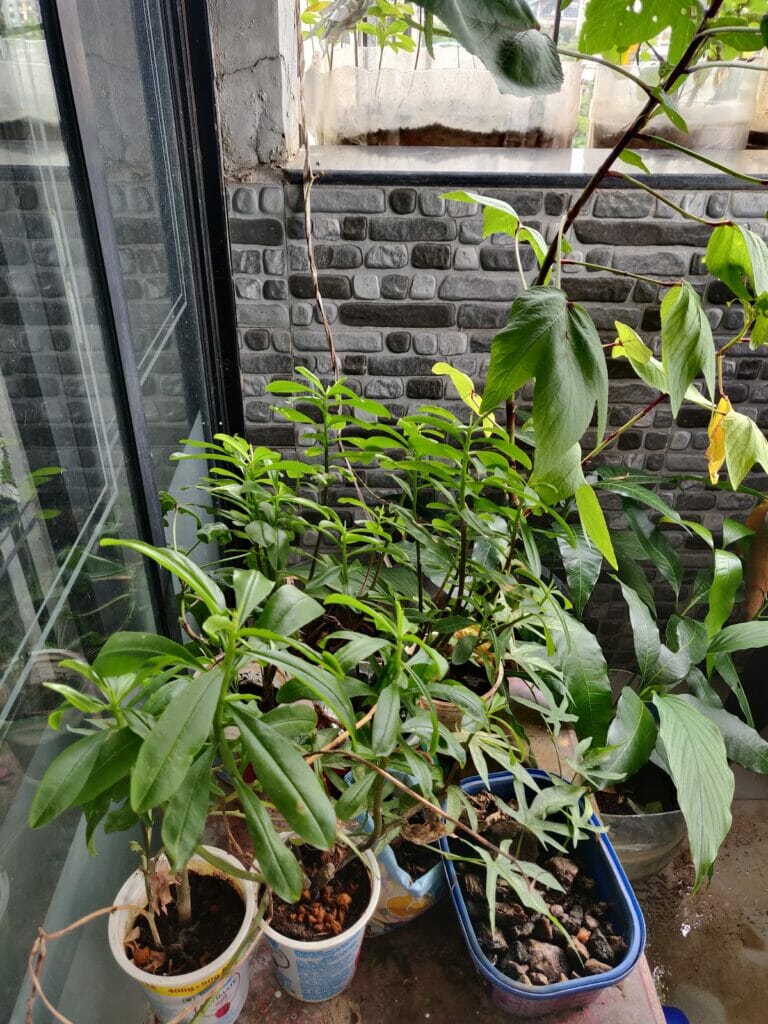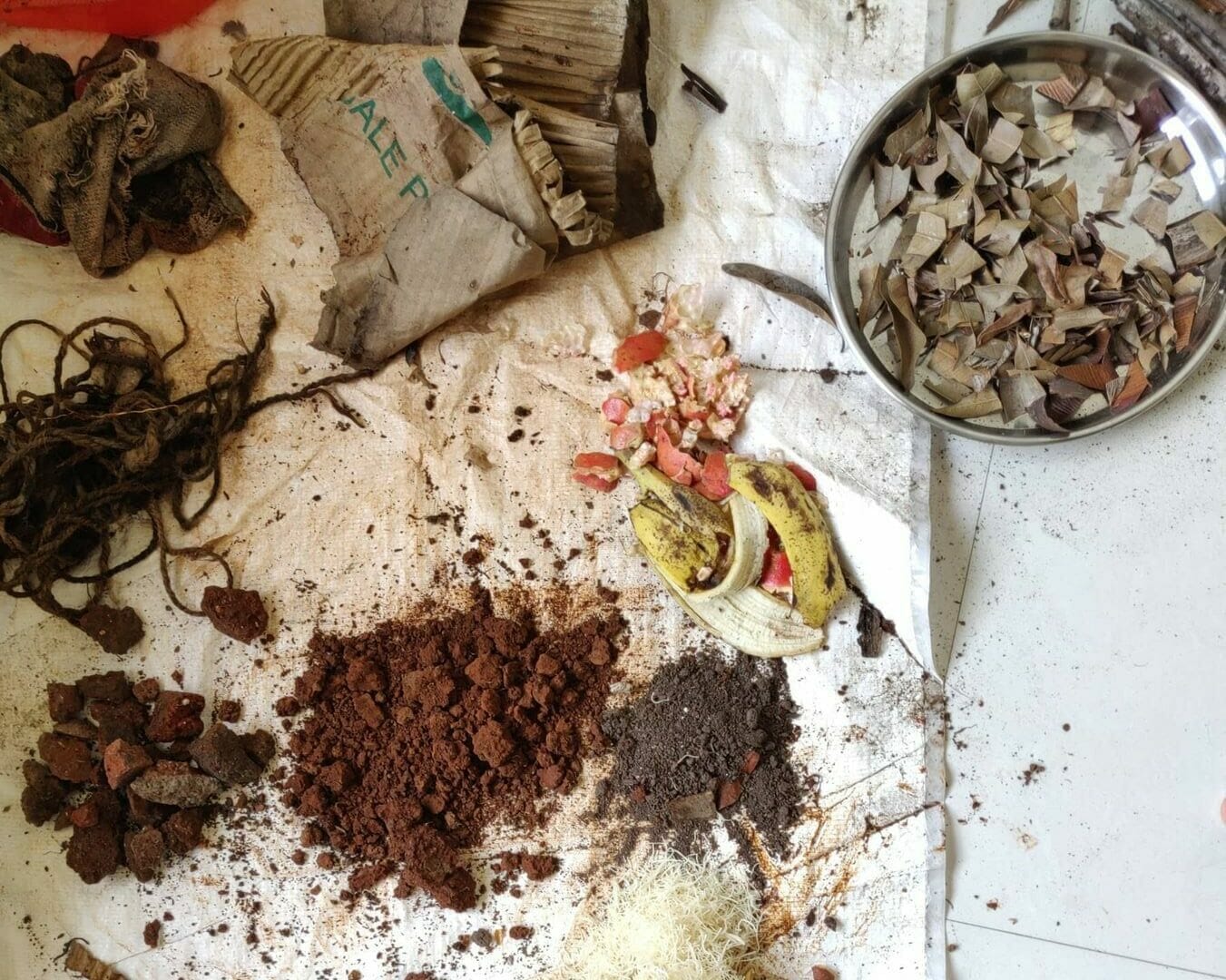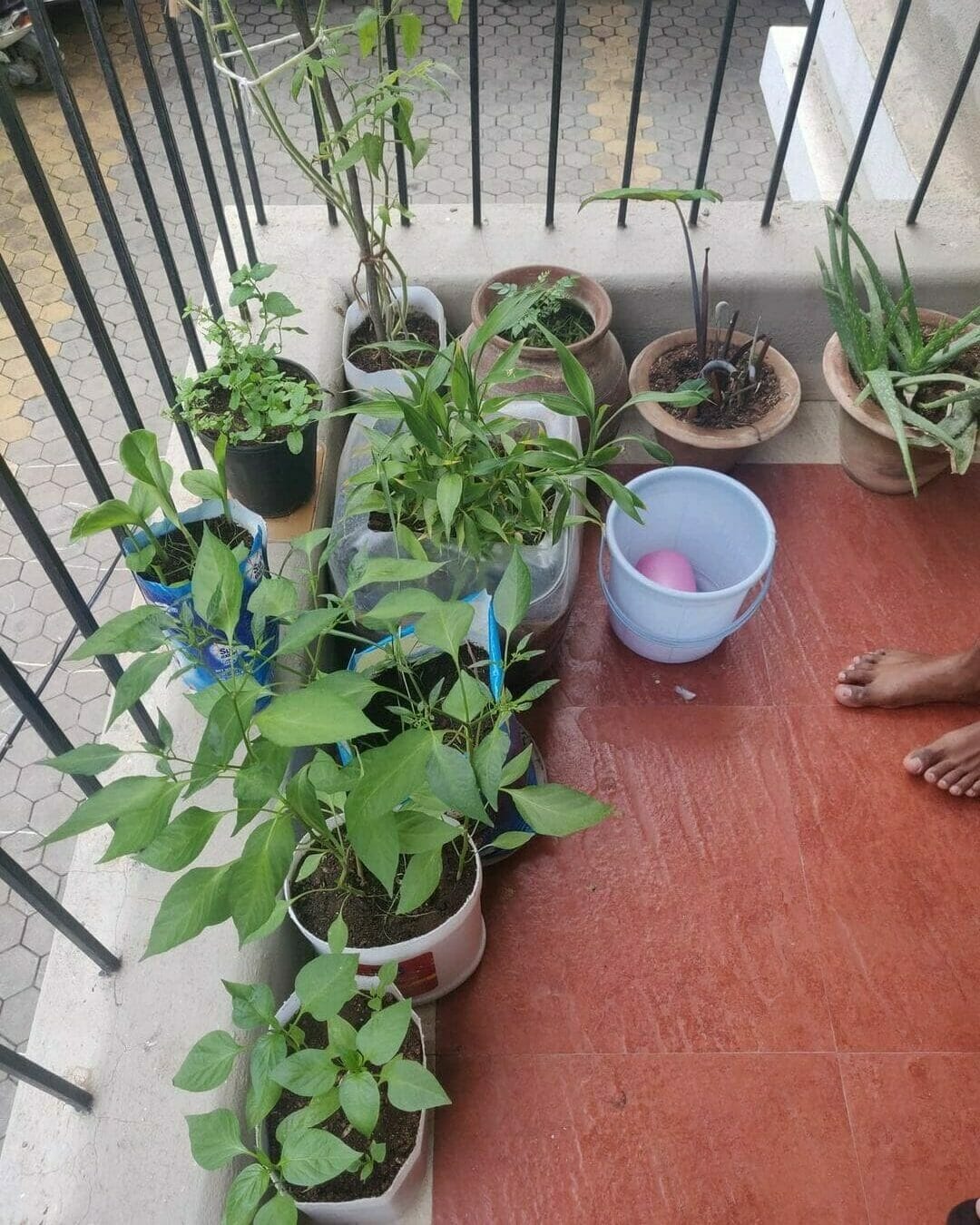“In the world of our greatest inventions, the solutions to our biggest problems may be hiding right below our feet.” When we look at urban spaces from a sustainability aspect/the angle of sustainability, it is easy to feel hopeless at times, especially looking at the rate at which the cities are growing, attracting more migration and reducing capacities to look after the needs of the people.
An acute lack of space and time — a characteristic of a capitalist lifestyle — impacts all our actions. Challenges such as indiscriminate waste generation and lack of consciousness towards consumerism are difficult to tackle. The hyper-individualistic approach of hustle culture encourages looking after individual needs, becoming a barrier in the implementation of collective solutions.
Permaculture can play an important role
Permaculture encourages us to think global, but act local; encouraging pooling of ideas from the community, involving everyone and their diverse skills and experiences to design and implement solutions. It ensures no one is left behind.
I believe permaculture is the solution that can help us meet much of our needs locally and reduce the burden of extracting and importing resources from other places. It allows time for ecosystems to revive, recharge and provide in a sustainable manner.
I have been designing and implementing urban permaculture setups and gardens. Rooftop and balcony ones are gaining traction for their self-sufficiency. A lot goes on behind the scenes when we start implementing permaculture solutions to our urban problems.
At the core of the permaculture way of living are the 3 ethics: people care, earth care and fair share. 12 principles act as guides to begin the process and keep adapting to change by accepting feedback and relevance.

Affordable solutions
As someone who has lived in the city for eight years, it indeed feels constraining to do so much given all the limitations.
However, starting small and slow continues to be an important guideline for urban problems and solutions. It encourages one to start with whatever resources we have, without worrying much about financial investments, space and time.

Permaculture’s sectors and solutions
Everything that we see around us that affects our way of living can be considered as sectors in permaculture. The sun, wind, water, soil, human moment, animal moment, vegetation, heat waves, fires, floods, view, noise are just some examples of the things that impact how we live. Permaculture encourages us to understand each of these sectors: observing and using, storing, diverting or blocking them to help meet the needs of the urban system from within.
We see various initiatives of greening and decorating public spaces like roadsides, dividers, public gardens, and walls with ornamental plants. Most of these plants are not edible nor native to the locality. Some are even planted by taking down existing native plants, just for the sake of instant beautification.
In such cases, communities can come together to demand the plantation of native, edible and medicinal species that provide a yield, while also helping native flora and fauna thrive through habitat creation. This is also a cost-effective solution because the energy required to keep non-native species alive by adding fertilisers, pesticides, and water is much higher than that of native plants, as they are the original local habitats.
Just look at forest patches around; nobody has to water and add artificial fertilisers or pesticides for them to thrive. They do it all by themselves; looking gorgeously green and full of diversity.
This also helps build local economies and simultaneously encourages locals to preserve the native plants instead of buying non-native seeds from commercial markets. It also ensures some amount of food is grown and is available for everyone, especially for those who cannot afford it.

How to practise permaculture
In a city like Mumbai, the simplest way of doing this will be taking a trip to the outskirts: visiting local villages, enquiring about native edible, ornamental and medicinal species, and buying seeds and cuttings directly from locals. Then a quick internet search about the climate zone, humidity, soil and forest types in or around Mumbai will help you understand which plants will do well in your locality with minimal maintenance.
The next step is to build healthy soil in your urban homes or community gardens by repurposing what you have available around you, like containers, seed trades made out of kitchen waste and more. Remember, nothing is waste unless we treat it as waste and stop thinking creatively.
Read more: Want to compost wet waste at home? Learn from this Mumbai couple
Applying the principles of permaculture guilds
If we observe a naturally occurring ecosystem, we understand nature works in resilient guilds. A tree in nature is never alone, it never made it alone; there is grass, plants, insects, birds, worms, fungi and so much more that we usually disregard. They are all essential to the survival of the guild as one living breathing system.
The different elements serve different purposes and carry out diverse roles. Some grasses fix atmospheric nitrogen from the air making it available to the plant; some are great mulchers helping soil build organic matter. Some thorns that protect living organisms and plants at tender stages; some have beautiful fragrant flowers with nectar attracting pollinators. Some trees have roots which help loosen up compacted soils; others grow tall and provide support to crawling vines. The fungal network helps them all communicate; exchanging nutrients and information about changing climatic conditions and potential danger. Birds and rodents help scratch and loosen up the soil. The fruits and seeds are food for many. This goes on and on.
Now imagine us humans studying and replicating the pattern, looking at ourselves as guilds and living in co-existence with nature and each other. In cities, people come from diverse backgrounds with diverse experiences and skills. We all carry the traditional and generational wisdom of our communities. Even if we don’t know about our roots, we still have our own life experiences and intuitions to guide us to contribute and come up with solutions.
Someone with the skill to organise a desk at work can use their creativity to organise a tiny balcony garden or community garden. In permaculture terms, this is known as zoning: creating and placing elements in different zones to reduce the wastage of energy and resources.
It is important to create local communities that take responsibility for designing and implementing solutions based on diverse inputs. It helps us stand together as a guild of conscious humans taking action and developing relevant small and slow solutions.

Some more examples of utilising permaculture sectors include:
- A community garden without class and caste-based discrimination that shares responsibilities and produce.
- Utilising wet seasons for collecting rainwater and storing it in both underground containers or directly in soil with the help of plants and mulching.
- Using biodegradable waste for making compost and mulching. In fact, the compost from cities can be sent back to the farmers. This will help give back to the local ecosystem to make up for the decades-long extraction of nutrients and depletion of topsoil to meet the needs of urban food sectors.
- In waterlogging zones, water-loving species will thrive. In dry zones, dry land species will slowly help build up the moisture content.
- Modifying existing and new construction based on studying the sectors in such a way that it heat and cools spaces naturally. Studying vernacular architecture is one of the best ways to do this.
- Utilising sunnier spots to grow vegetable and fruit trees.
- Using shaded spots to grow shade-loving edible and medicinal plants.
- Blocking heavy winds and heat waves by planting evergreen vines and climbers.
- Using rooftops for solar and wind panels.
- Utilising the summer sun for drying and storing harvests.
More employment opportunities are available in the areas such as stacking, designing and implementing these solutions. So is monitoring these projects for feedback on what’s working and what needs to be changed or improved.
It is easy to donate to charity. However, when we work together to build something that has long-term benefits, it has the potential to help people help themselves. Healthy food and inclusive behaviour ensures healthy and safe human beings, which ultimately leads to safe communities, and ultimately, a safe city.